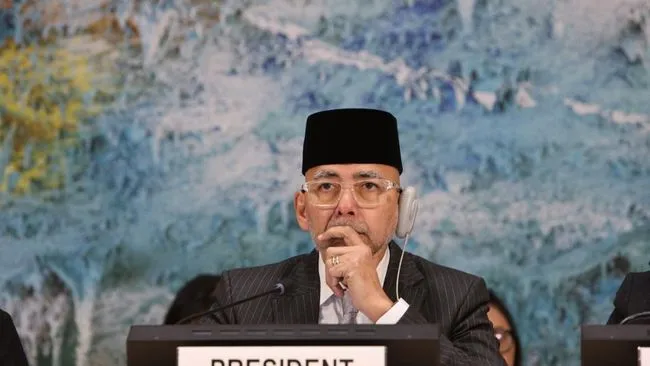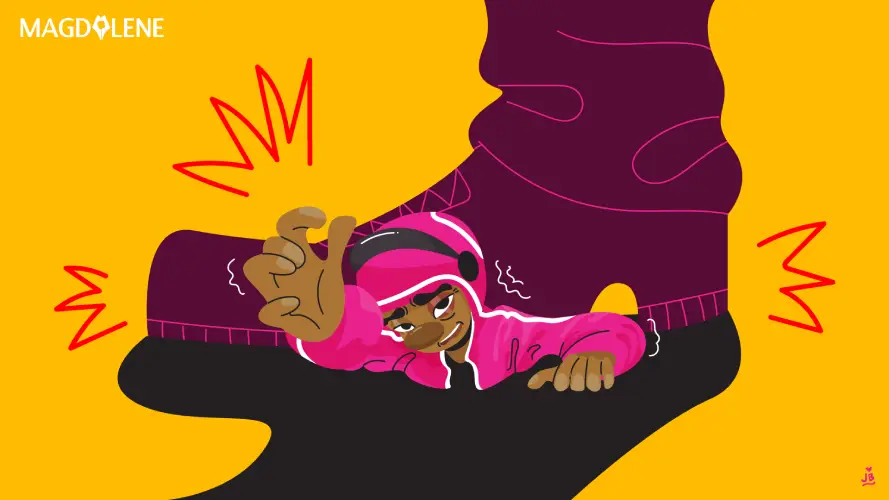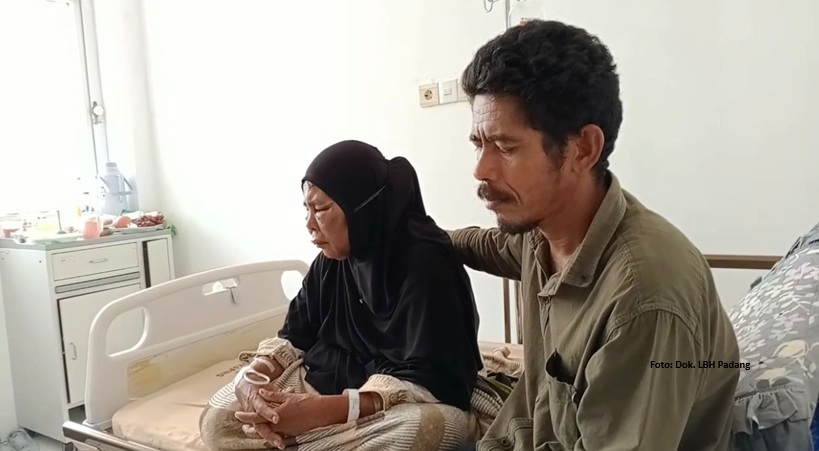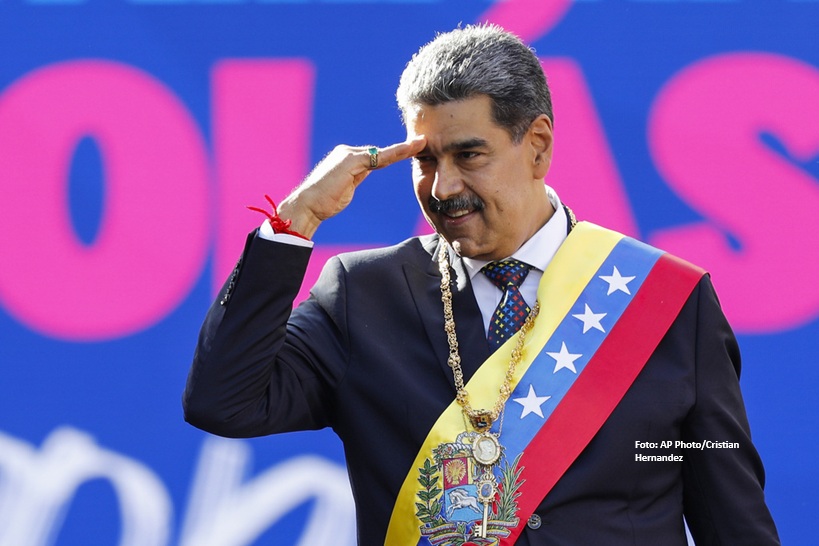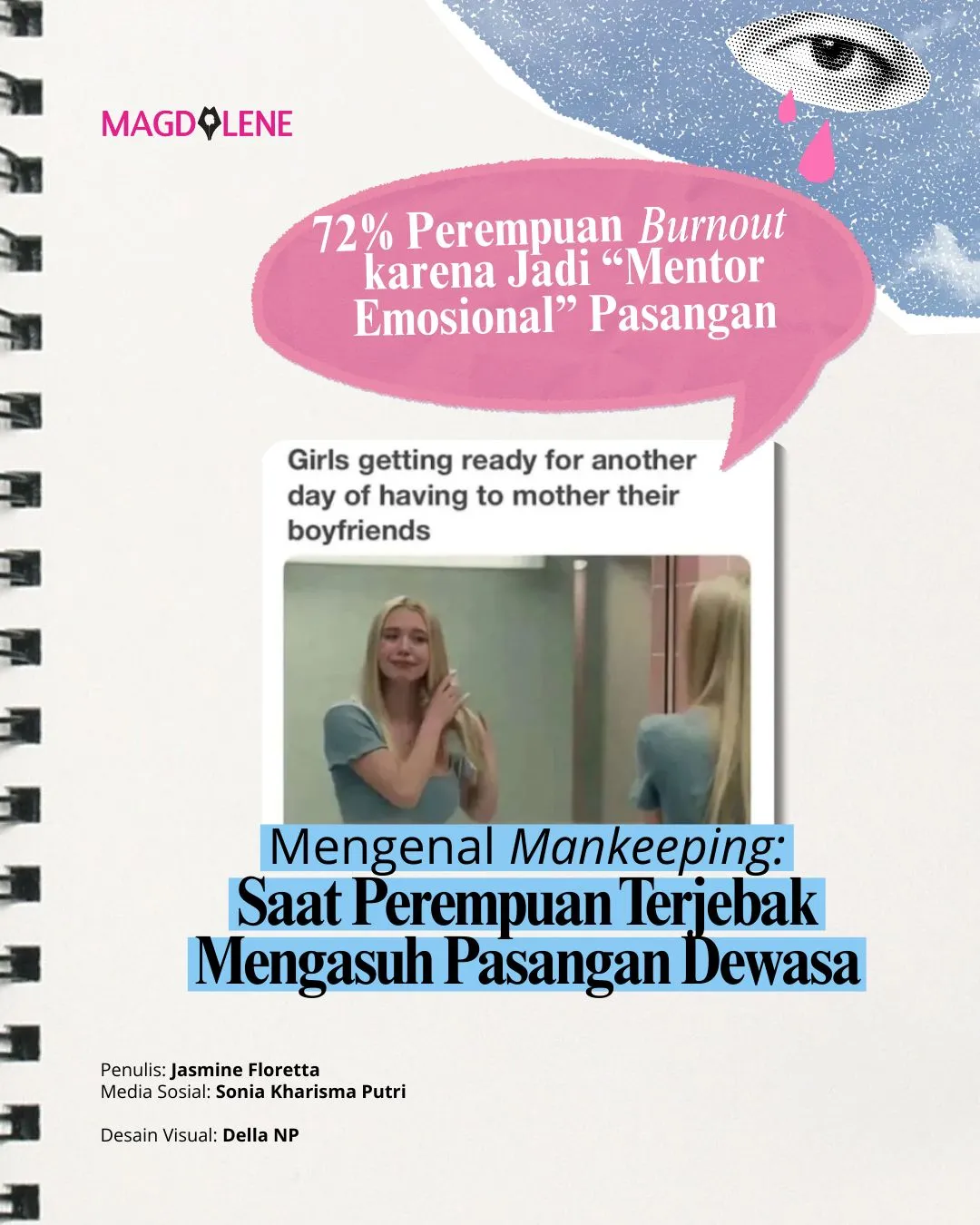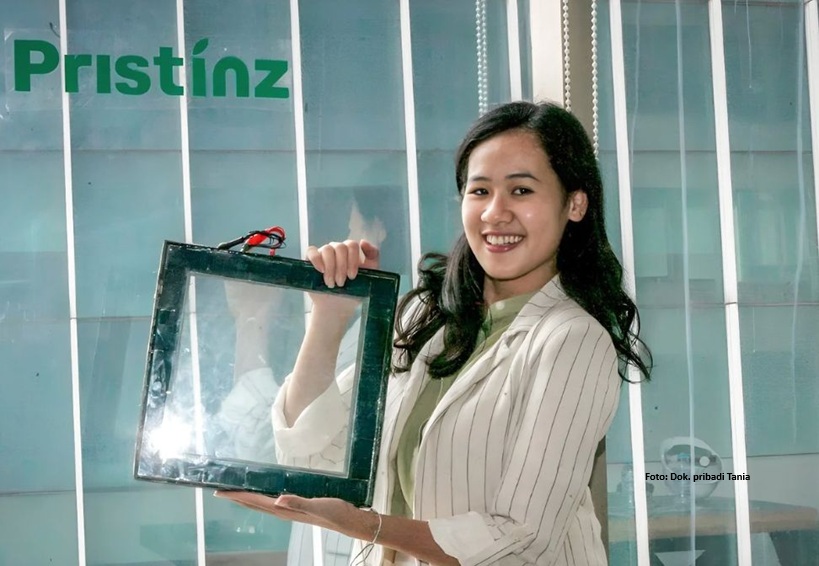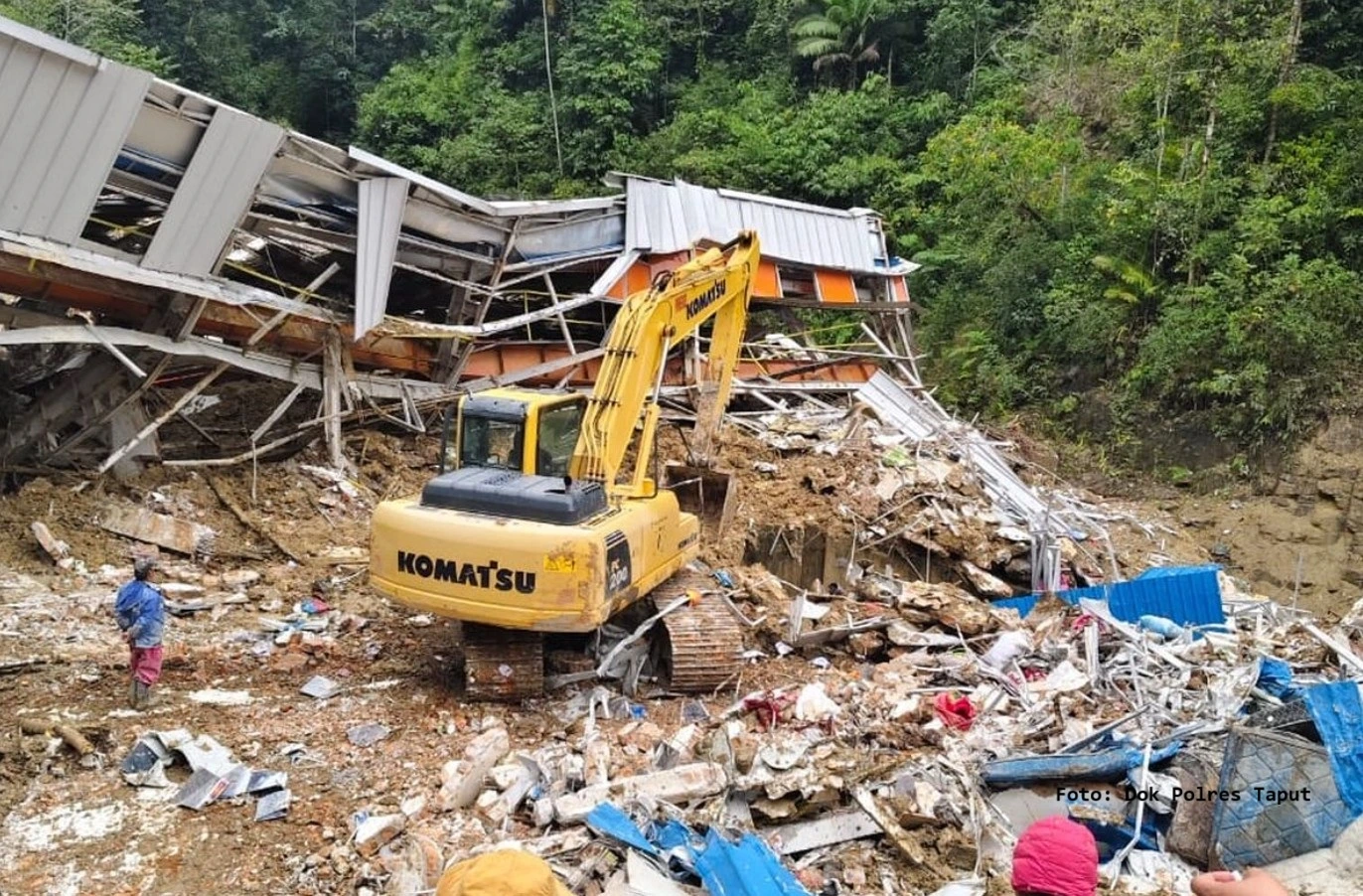Low Representation of Women in Politics Hampers Development
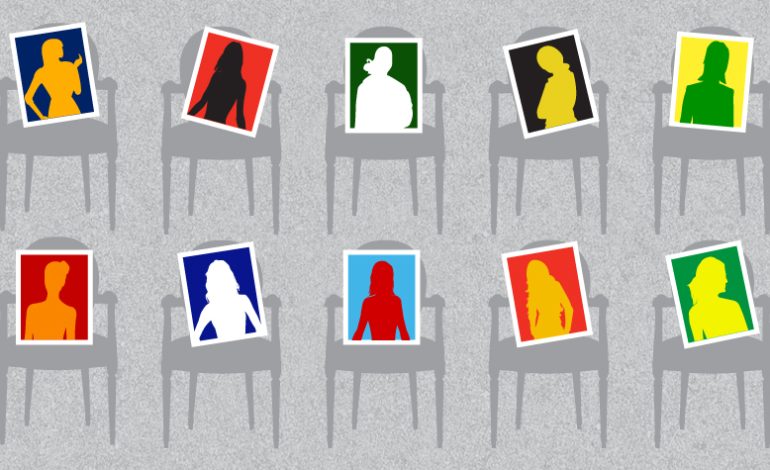
More women are in politics today compared to two decades ago, but they still only make up less than a quarter of politicians around the world.
Data released in March this year by the United Nations Entity for Gender Equality and the Empowerment of Women (UN Women), and the International Parliamentary Union, shows that women only represent 22 percent of parliament members in the world.
While the general trend of women’s participation in politics is increasing, the rise has been staggeringly slow. In 1995, the number of woman parliamentary member is at 11.3 percent. It took twenty years for the number to double, although many countries have ratified the Convention on the Elimination of all Forms of Discrimination Against Women (CEDAW), which established women’s political rights.
If we break the number down geographically, Nordic countries are leading with 41.5 percent. The Americas and Europe, sans Nordic countries, followed in second and third places.
Asia, while still lagging behind the Americas, Europe and Sub-Saharan Africa, is seeing its highest number ever of women’s participation in politics, judging from the number of women ministers. However, Asia’s overall women’s participation in politics is still very low. With level of participation at 18.5 percent, Asia ranks below the Americas, Europe, and Sub-Saharan Africa, placing the region below the global average.
A paper published by Social Science Research Council (SRRC) says that there is a “strong resistance to women’s participation in public life.” The report says cultural, customary, and religious practices are used to show that women’s place is not in the politics. Violence against women who are politically active by speaking up in public, running for office, or defending human rights, is also a big obstacle, especially in conflict-prone countries.

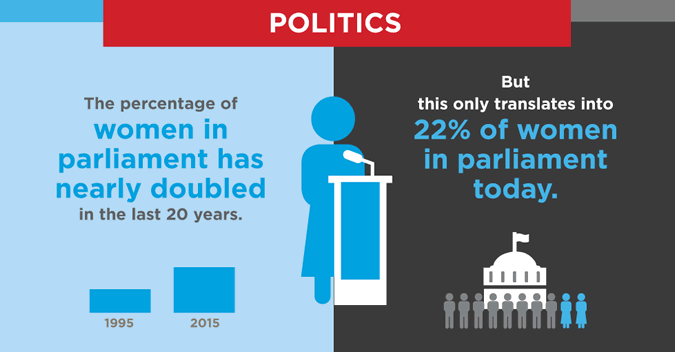
The low number of women’s participation may hamper crucial development efforts. Women in politics have made a great difference in many places. In India, the number of drinking water project is 62 percent higher in areas with female-led councils. There is also a direct causal relationship between the presence of women in municipal councils and children coverage in Norway.
The ratification of CEDAW, especially Article 4 on the convention of women’s political participation, has helped countries across Asia establish a quota system for parliament. However, according to the SRRC report, the implementation has been uneven. Implementation has been challenged by cultures, values, norms and traditions that are not consistent with the laws initiated by CEDAW.
One of the ways to increase women’s participation in politics is through their participation in economic sector. The SRRC report found that women’s participation in economic sector brings resources, access to public networks, and the know-how.
“If today’s leaders front-load gender equality, if they start now to make good on those 20-year-old promises, we can look forward to gender equality by 2030 at the latest, ” said Executive Director of UN Women Phumzile Mlambo-Ngcuka.
*Are women well represented in Indonesian politics?
Aqila Putri is a sophomore studying at Wesleyan University, trying to pursue her degree in Economics and International Relations. Her daydreams consist of owning a bakery and a kitchen like Gordon Ramsay’s. Hit her up at @aqilalistya to talk about food, cat, and social justice.




